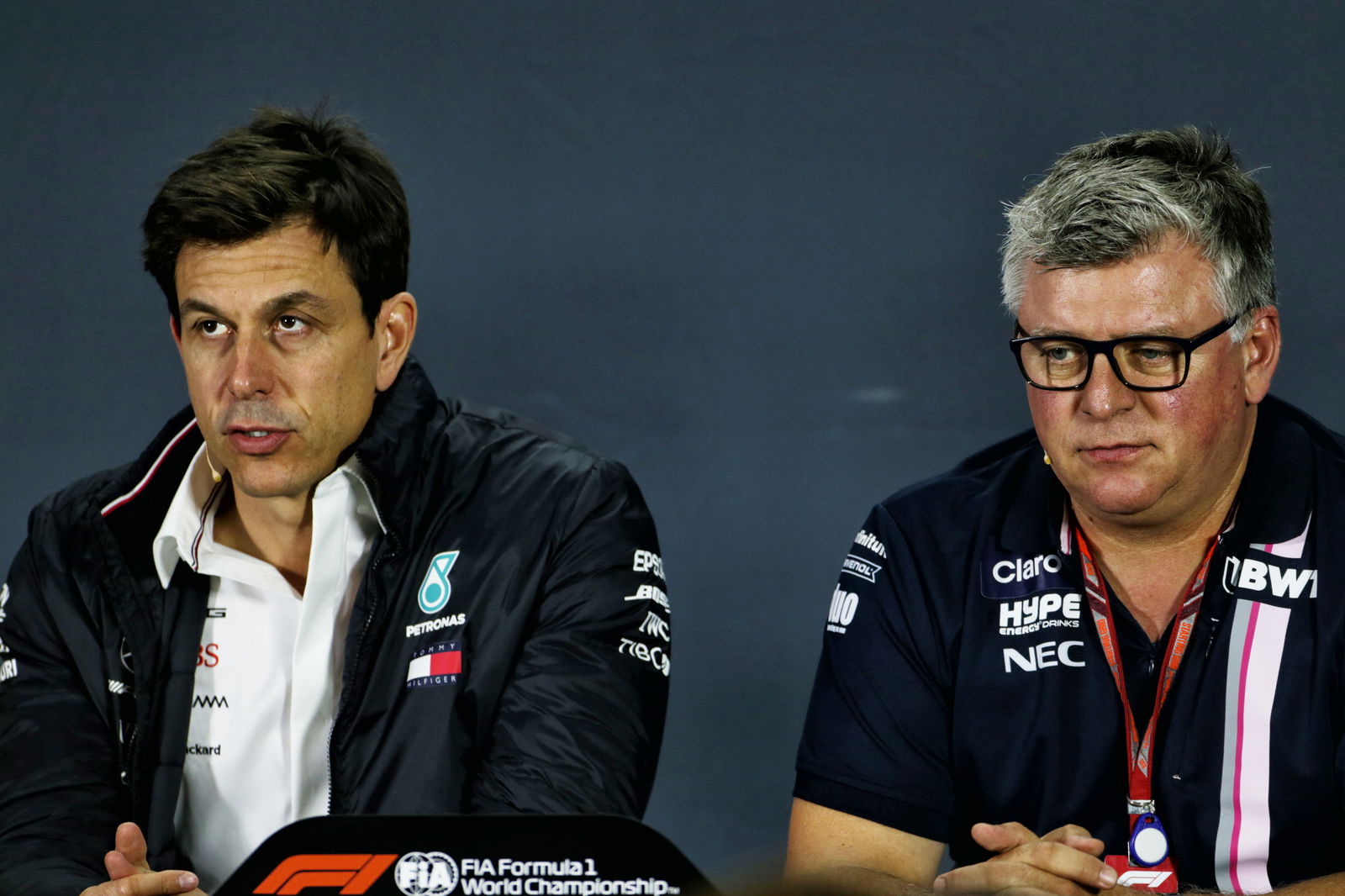3 cars, customer cars, Super F2: What is F1’s alternative future?

This week FIA President Jean Todt did what he often does best by ‘throwing the cat amongst the pigeons’ with the suggestion F1 could become a very different looking series if it faces up to the ‘worst case scenario’ of multiple teams going to the wall.
President Todt suggested to Auto Motor und Sport that F1 should reimagine itself as a ‘middle ground’ between F1 and F2 (or Super Formula 2 as he termed it) with a strict $50 million budget cap and a keener eye on an eco-friendlier model.
The governing body has often found itself at odds with the commercial rights holder when it comes to laying out their vision for the pinnacle of motorsport… and this is even before you consider the right of influence the teams themselves also have on the direction of F1.
Todt is seeing opportunity in the desperate situation by neutralising the current format and starting afresh with a new approach but while the FIA has one eye on establishing F1 as an example for high-speed, high technology, economically conscious motorsport, the commercial rights holders remain more committed to a ‘exciting for TV’ model.
Whether President Todt’s plan is a serious one or whether it turns out he hasn’t quite read the room remains to be seen, but his idea of an alternative future does have some merit, even if it’s hard to see teams – already battling hard against the budget caps on their way – will agree to something quite this drastic.
It raises questions about what would happen if teams did end up folding as a result of the coronavirus. Indeed, it’s not just the smaller teams that are at risk. The automotive industry is taking a drubbing at the moment, which for companies like Renault and Honda, could be used as a motivation to realign is commitments and not pump more money into their F1 projects at a time when they are haemorrhaging cash elsewhere.
Hypothetically, F1 could lose 3 or 4 teams and not just when the coronavirus crisis ends but also during the lengthy hangover it’s likely to create.
Beyond the fact it would be a crying shame to lose some professional teams (and their excellent employees), the headline of the outcome would be the prospect of just 12 or 14 cars on the grid.
Perhaps the simplest – and most logical – solution in the short-term will be to open-up the regulations to allow three cars per team. It’s an idea that has been floated on numerous occasions before but difficult to implement grid-wide if it meant you had – for instance – three fast Ferraris but only two Williams on the grid pushing them further adrift of a possible points’ finish, not to mention the confusion over constructors’ points structuring.
However, if the sport is left with only a handful of teams – say, six of them – there could be impetus to ensure each one can run an extra car. Assuming each team is a competitive one, that could give you 18 very fast cars grid-wide, not to mention avoid the prospect of talented drivers sitting on the sidelines.
Should the sport get away with all teams still represented, the customer car argument could carry some weight if only for the short-term.
While the likes of McLaren and Williams have long campaigned against the prospect of private teams entering cars in the image of another one, the fact is it’s been happening for a while anyway with Haas and formerly Toro Rosso, while you don’t need a degree in aerodynamics to see the clear similarities between the Mercedes and Racing Point cars, regardless of whether they colluded.
This isn’t a long-term solution by any means, simply because it isn’t in-keeping with the ethos of the sport. However, using Haas as an example, it could be an effective method to keep the wheels running in the meantime.
While Todt’s cost-capped ‘Super Formula 2’ idea seems drastic, there could be some merit in the idea of a standard chassis being developed by a single supplier (such as Dallara) with engines purchased for a fixed capped price.
These could even be modified versions of existing chassis, such as Super Formula or F2, that while perhaps not on the level of the leading F1 cars, serve their own purpose in a race with a separate championship much like MotoGP did with the alternative CRT rules introduced in 2012 in the face of dwindling grids.
While that on paper may look far less appealing – just as it did for MotoGP – it did serve the purpose of encouraging several new teams to make the switch to the premier class, a number of which remained when the series reverted back to a single-class regulation from 2016.
For now, F1 is pinning its hopes on the sport getting back to business as usual from July with all teams in attendance and the ills of the past few months cured.
Whether that’s a realistic outlook, however, will only become clearer in the coming weeks, suffice to say simply going back racing won’t mean the end of the crisis for some teams and F1 needs to be agile enough with its future plans in order to recognise this…

